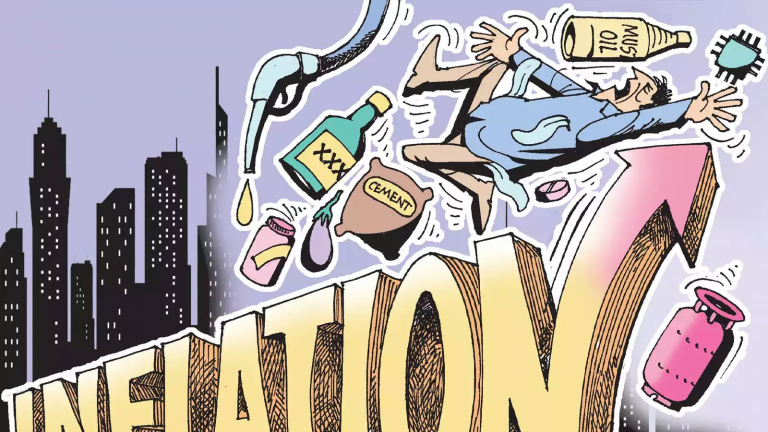Signs of prolonged inflation and its effect on employee benefits valuation

As shown by recent measurements done by many central banks across the world to stimulate the economic growth, it is clear that those changes are signs that inflation concerns won’t go away anytime soon amid supply chain tensions, soaring commodity prices, post-lockdown demand and labor shortages.
One clear consequence of the increased inflationary expectations ofrecent years has been a sharp increase in nominal interest rates. While the US Federal Reserve have to be cautious in its asset purchase program, central banks of Brazil, South Korea, Mexico, Norway and New Zealand have raised their interest rates.
Increases in long-term interest rates have provided windfall transfers oftens of billions of dollars from employees to employers. Even workers inplans with benefits linked to final salary have virtually no protectionagainst the effect of an increase in nominal interest rates. The reason isthat at any given time the worker holds a fixed nominal claim on the firm.The value of that claim is eroded if inflation rates (and thus interest rates)rise. This loss in benefit value will not in general be compensated for byfuture salary increases.

Consider a pension plan which gives a worker a benefit based on finalaverage salary. There are several ways in which the real value of such aworker’s benefits are reduced by unexpected changes in the inflation andinterest rates:
- Benefits are generally not indexed for inflation after retirement.Thus an increase in the inflation rate would reduce the worker’s realbenefits in the years after retirement, below what was expected.
- If benefits are integrated with social security and social securitybenefits are tied to inflation, an increase in the price level can mean adecline in private pension benefits received.
- Often benefits are related to an average of the last several years’salary rates of the employee. Increases in the inflation rate matched byequal increases in salary will reduce the ratio of benefits (based on anaverage salary) to final pay, below what was expected. For example, ifbenefits are based on an average of the last five years’ pay, this base willlikely be close to the actual final salary in a period of no inflation, where itmay be significantly below final salary in a period of high inflation.
Indexing private pensions would be extremely expensive and does notappear imminent. However, other changes in plan structure may lead toreducing workers’ inflation risk in their pension assets. Let FIRIS helps and protects you and your valuable employees.

